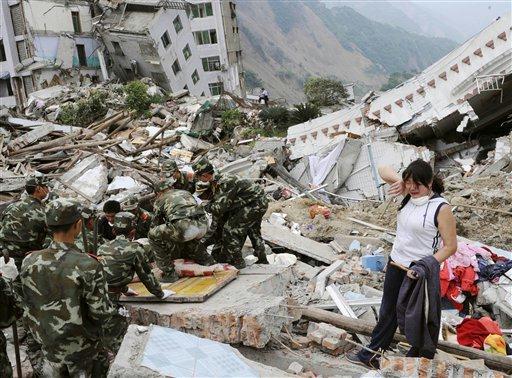We have all heard at one time or another that High Fructose Corn Syrup (HFCS) is making Americans obese; so I decided to take a closer look at the science to see if there is anything to back this up, this is what I discovered.
HFCS is cornstarch that has been highly processed and changed from glucose to fructose, and this new compound is mixed with glucose. This change makes a compound that is very similar to sucrose (table sugar) being 55% fructose 45% glucose (1).
HFCS and sucrose are obviously very similar, and because of this they are also metabolized very similarly (1). According to the American Journal of Clinical Nutrition (1) "Melanson, Stanhope, and Have presented
metabolic data from well-designed clinical trials to determine
whether the metabolic effects of HFCS were different from those
of sucrose. Both researchers reported that HFCS and sucrose
study groups had similar blood glucose concentrations and similar
insulin responses. Hunger ratings and leptin and ghrelin levels
were also similar between the HFCS and sucrose groups."
In other words, they conducted a clinical trial and discovered that HFCS did not effect blood glucose and insulin levels any differently than sucrose. Not only that, but they dispelled the myth that people who consume HFCS have higher hunger levels than those who do not.
So, is HFCS the cause of Americans becoming obese, no.
Does consuming high amounts of HFCS make you obese, yes, but so does consuming high amounts of sucrose.
Do I condone HFCS just because it is not the cause of American obesity, not necessarily. HFCS is still highly processed, and quickly making its way into the majority of our food products, which in turn, adds more calories and contributes to our country's weight epidemic.
Conclusion, in the words of Michael Pollan (author of the Omnivore's Dilemma) "Eat food. Not too much. Mostly plants." Meaning, eat whole (unprocessed) foods: vegetables, fruits, nuts, meat, fish, whole grains. Eat your food in moderation, HFCS shouldn't be in everything or even 50% of everything you eat. Eat plants, which are a great source of vitamins, minerals, antioxidants, fiber, water etc., and a low source of saturated fats, sodium, sugar etc.
References
1 American Journal of Clinical Nutrition (http://www.ajcn.org/cgi/content/full/88/6/1715S?ijkey=nTQQkJ3uBgJdg&keytype=ref&siteid=ajcn)








